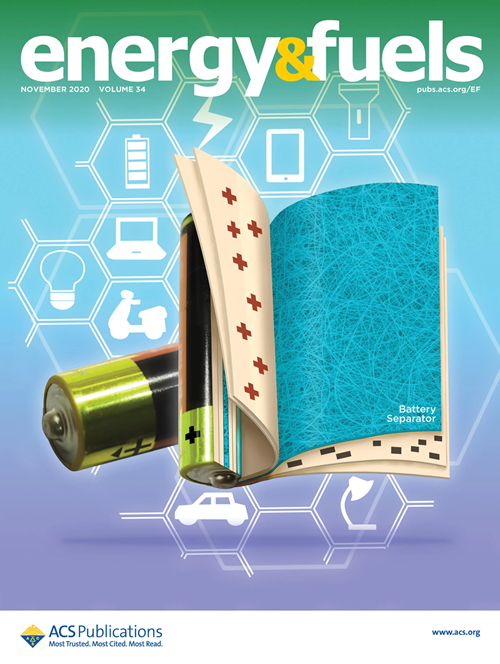Review and Outlook on Fracturing Technology and Mechanism of Hydrate-Bearing Sediments
IF 5.3
3区 工程技术
Q2 ENERGY & FUELS
引用次数: 0
Abstract
Natural gas hydrates (NGHs) are widely distributed in marine and permafrost regions with huge reserves, which are considered one of the important potential sources for future clean energy. At present, China, Japan, the United States, Canada, etc. have conducted several trials; however, they all face varying degrees of challenges, such as low gas production efficiency and discontinuous production periods. In the oil and gas industry, hydraulic fracturing is a mature and highly efficient method for enhancing production through pressurization. Therefore, the successful application of fracturing technology to the NGH reservior is an urgently needed solution and could be a potentially revolutionary technology. This study summarizes the main recent fracturing advances in the hydrate field; it outlines the existing fracturing equipment for the NGH reservoir that differs from traditional oil and gas reservoir development, discussing the more efficient numerical simulation methods from the unit cell, experimental scale, to field scale. Additionally, it investigates the main controlling factors of fracturing behavior, such as the effects of fracturing fluid (viscosity and injection rate) and sample conditions (saturation, stress anisotropy, matrix, and natural fractures). The relationships and mechanisms proposed herein can provide new insights for understanding the fracturing behavior during hydrate exploration and constructing safe fracturing and extraction technologies.

含水沉积物压裂技术与机理回顾与展望
天然气水合物(NGHs)广泛分布于海洋和冻土地区,储量巨大,被认为是未来清洁能源的重要潜在来源之一。目前,中国、日本、美国、加拿大等国已进行了多次试验,但都面临不同程度的挑战,如产气效率低、产气期不连续等。在油气行业,水力压裂是一种成熟、高效的增压增产方法。因此,将水力压裂技术成功应用于北天然气储层是一个急需解决的问题,也是一项潜在的革命性技术。本研究总结了水合物领域近期的主要压裂进展;概述了 NGH 储层不同于传统油气藏开发的现有压裂设备,讨论了从单元、实验规模到油田规模的更高效数值模拟方法。此外,它还研究了压裂行为的主要控制因素,如压裂液(粘度和注入率)和样品条件(饱和度、应力各向异性、基质和天然裂缝)的影响。本文提出的关系和机制可为理解水合物勘探过程中的压裂行为以及构建安全的压裂和开采技术提供新的见解。
本文章由计算机程序翻译,如有差异,请以英文原文为准。
求助全文
约1分钟内获得全文
求助全文
来源期刊

Energy & Fuels
工程技术-工程:化工
CiteScore
9.20
自引率
13.20%
发文量
1101
审稿时长
2.1 months
期刊介绍:
Energy & Fuels publishes reports of research in the technical area defined by the intersection of the disciplines of chemistry and chemical engineering and the application domain of non-nuclear energy and fuels. This includes research directed at the formation of, exploration for, and production of fossil fuels and biomass; the properties and structure or molecular composition of both raw fuels and refined products; the chemistry involved in the processing and utilization of fuels; fuel cells and their applications; and the analytical and instrumental techniques used in investigations of the foregoing areas.
 求助内容:
求助内容: 应助结果提醒方式:
应助结果提醒方式:


